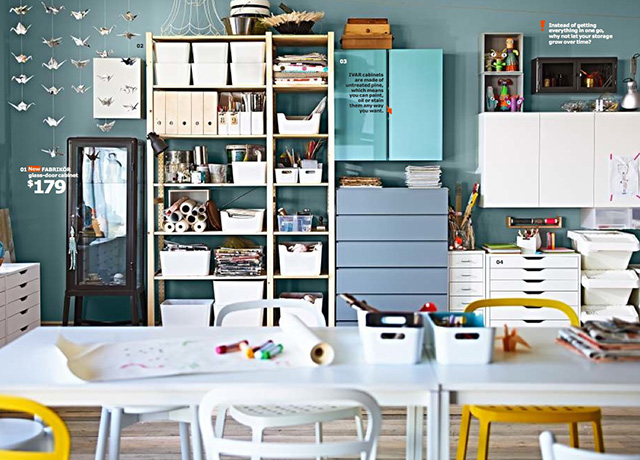All businesses, no matter what they make or sell, should recognize the power and financial value of good design.
Obviously, there are many different types of design: graphic, brand, packaging, product, process, interior, interaction/user experience, Web and service design, to name but a few.
We are referring to design as a broad and deliberately applied discipline, with the aim of creating simpler, more meaningful, rewarding experiences for customers.
You see, expecting great design is no longer the preserve of a picky design-obsessed urban elite—that aesthetically sensitive clique who‘d never dare leave the house without their Philippe Starck eyewear and turtleneck sweaters and buy only the right kind of Scandinavian furniture. Instead, there’s a new, mass expectation of good design: that products and services will be better thought through, simplified, made more intuitive, elegant and more enjoyable to use.
Design has finally become democratized, and we marketers find ourselves with new standards to meet in this new “era of design.” To illustrate, Apple, the epitome of a design-led organization, now has a market capitalization of $570 billion, larger than the GDP of Switzerland. Its revenue is double Microsoft’s, a similar type of technology organization but one not truly led by design (just compare Microsoft Windows with Apple’s Lion operating system).
Every day Twitter feeds populate with astounding growth facts about the likes of Apple, Amazon, Facebook, Pinterest and the more recent travel site, AirBnB. It is no coincidence that these successful brands seem to really value design and utilize it to secure a competitive advantage.
Even the UK government has issued its “design principles,” naturally on a clean, easy-to-navigate website.
But why have people become so design sensitive? Why does that credit card mailer look so bad and dated now? Why can’t you access our account details? Why does airport signage seem so unhelpful? Why doesn’t that technology plug and play?
Perhaps Apple’s global dominance has elevated our design expectations, or Ikea’s vision to bring great design at affordable prices to everyone on the planet has finally taken effect, or perhaps the Internet has taught us what well-designed user experiences and good design really are. Likely, it is a combination of all.
What is certain is that the design bar has been raised and design-oriented businesses are winning.

Think how swiftly and strongly a design experience shapes our opinion of that brand, company or store, for good or bad. For instance, we know quickly when a website is bad. And we associate that feeling of frustration, or worse, disappointment with that brand.
Design-oriented organizations invest in thinking this stuff through. They put design at the heart of their company to guide innovation and to continually improve products, service and marketing. They recognize that a great design leads to differentiation, customer loyalty and higher profits.
First Direct, a UK bank, has designed all its service touchpoints so carefully that it has become the most referred financial brand in the UK, with over 82 percent of customers happy to recommend it to friends. It’s a joy to use via any channel, and despite being a bank, I’d happily recommend it.
When you buy Apple Care, instead of receiving the standard bland letter or email, you receive a nicely designed box containing the paperwork, guidance and all the information you need. You have questions? No problem. There are clear user diagrams and a simple section on the website to help you.
The impact on brand is that customers see these brands as both progressive and customer-centric. Thoughtful and innovative design makes us feel good. It is no surprise that we are happy to advocate them, talk about them in social media and can be fiercely brand loyal.
As Michael Eisner, former CEO of Disney, once said, “A brand is a living entity—and it is enriched or undermined cumulatively over time, the product of a thousand small gestures.” That thinking still holds true, but it all happens a lot faster now. Thanks to the Internet and a hyperconnected, social-media-fueled society, brands can be instantly undermined and that experience shared with millions.
So this is a call to action for executives to recognize this new era and make the effort to transform even a mundane product or service into something more rewarding and more memorable. Try to assess each element of your service or product and better it—to see design not just as a marketing thing but as a genuine source of competitive advantage, customer and employee satisfaction and, lastly, a route to higher profits.
Source forbes.com